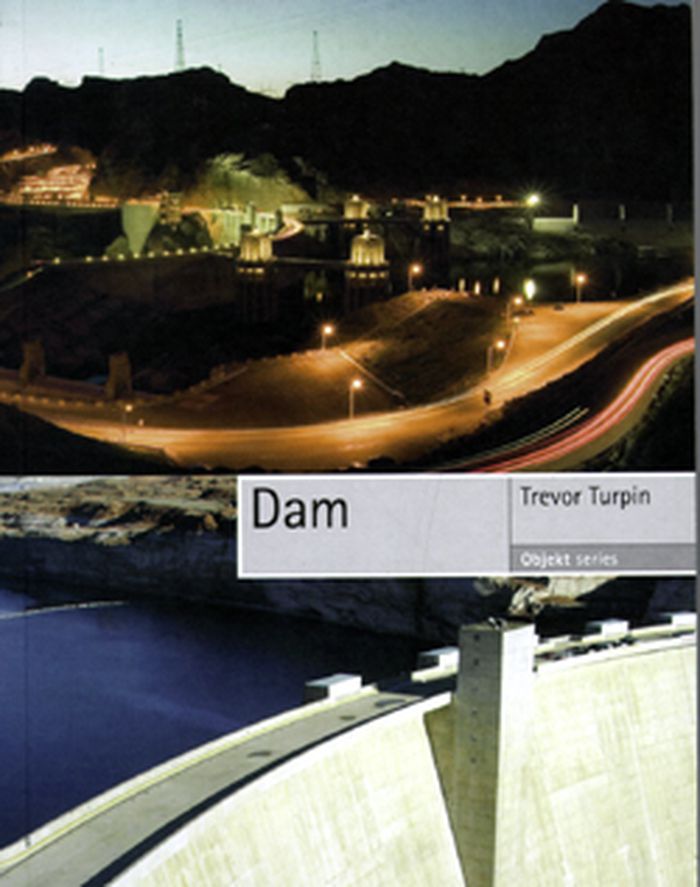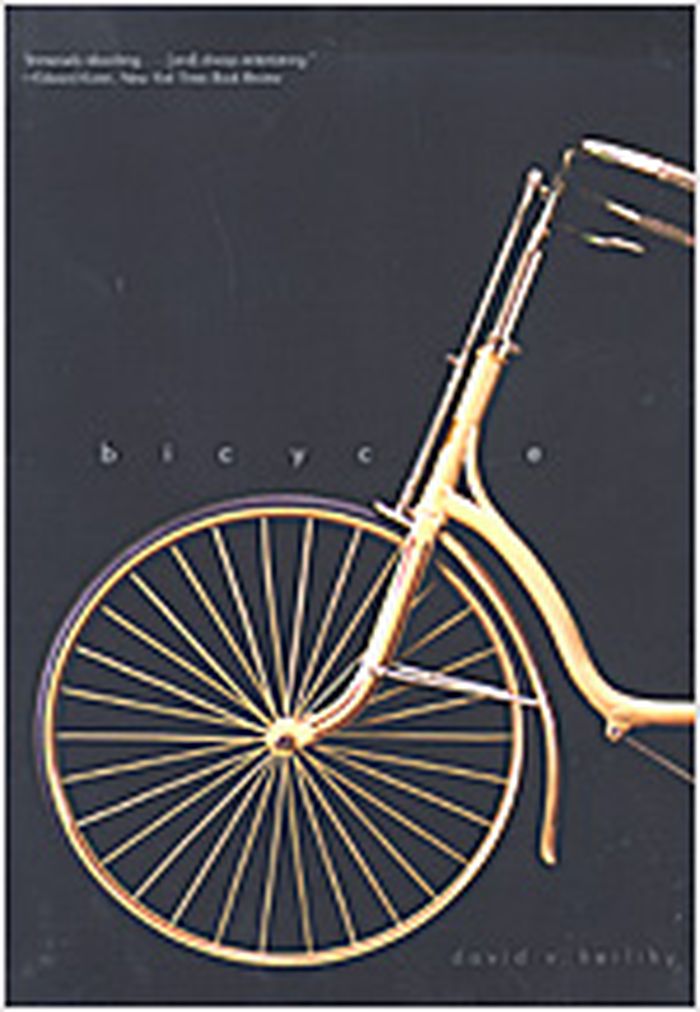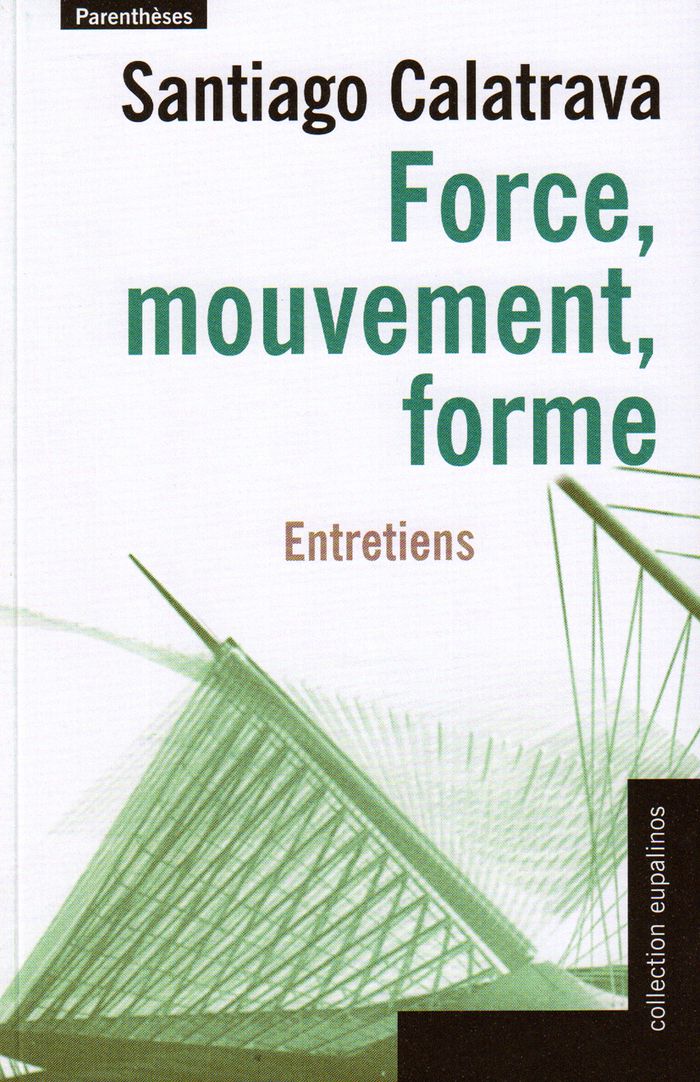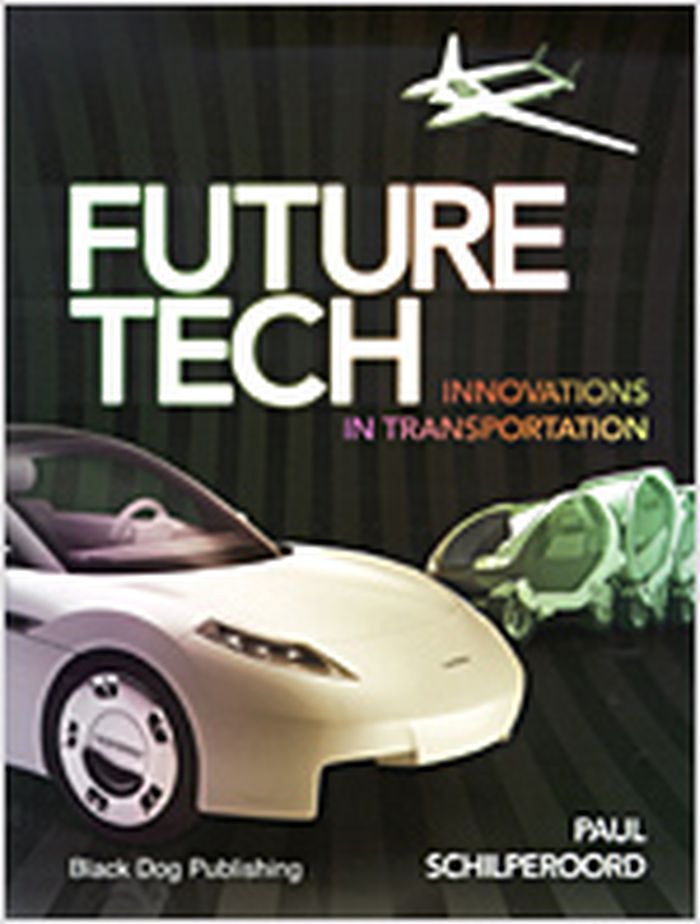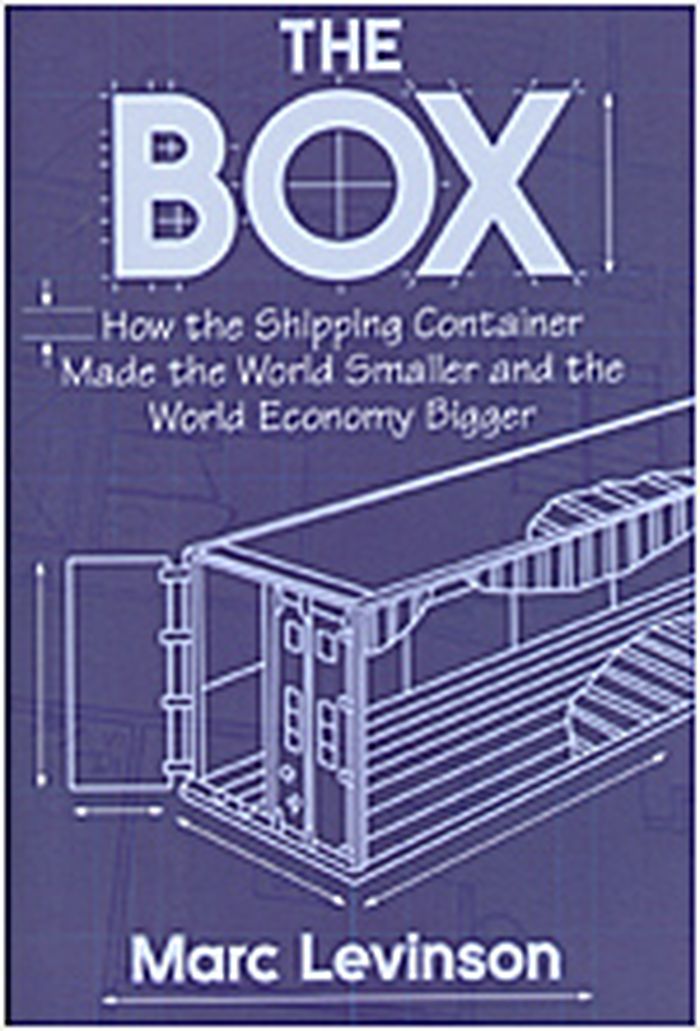$79.95
(disponible sur commande)
Résumé:
Ce livre présente, de manière très illustrée, trois usines construites par Aéroports de Paris pour y assembler des avions. Ces bâtiments de grande taille sont emblématiques de l’architecture conçue pour le transport aérien.
Usines d'avions / aircrafts factories : Toulouse-Dubai-Séville
Actions:
Prix:
$79.95
(disponible sur commande)
Résumé:
Ce livre présente, de manière très illustrée, trois usines construites par Aéroports de Paris pour y assembler des avions. Ces bâtiments de grande taille sont emblématiques de l’architecture conçue pour le transport aérien.
Structures d’ingénierie
Dam
$31.00
(disponible sur commande)
Résumé:
Dam, a new addition to Reaktion’s Objekt series, traces the development of dams from the Industrial Revolution to the present day through a number of themes – both successes and failures – including the extension of the design teams forming an alliance between engineering, architecture, landscape architecture and ecology. A profusely illustrated exploration of a(...)
Dam
Actions:
Prix:
$31.00
(disponible sur commande)
Résumé:
Dam, a new addition to Reaktion’s Objekt series, traces the development of dams from the Industrial Revolution to the present day through a number of themes – both successes and failures – including the extension of the design teams forming an alliance between engineering, architecture, landscape architecture and ecology. A profusely illustrated exploration of a previously neglected subject, this book is neither a polemic against dams nor a defence of their proliferation. It offers a fresh and much-needed account of their design, construction and function, which will appeal to dam engineers, environmentalists, historians and students, as well as those who previously recognized only The Dambusters march.
Structures d’ingénierie
livres
$44.95
(disponible sur commande)
Résumé:
Why does technology change over time, how does it change, and what difference does it make? In this sweeping, ambitious look at a thousand years of Western experience, Robert Friedel argues that technological change comes largely through the pursuit of improvement--the deep-rooted belief that things could be done in a better way. What Friedel calls the "culture of(...)
A culture of improvement : technology and the western millennium
Actions:
Prix:
$44.95
(disponible sur commande)
Résumé:
Why does technology change over time, how does it change, and what difference does it make? In this sweeping, ambitious look at a thousand years of Western experience, Robert Friedel argues that technological change comes largely through the pursuit of improvement--the deep-rooted belief that things could be done in a better way. What Friedel calls the "culture of improvement" is manifested every day in the ways people carry out their tasks in life--from tilling fields and raising children to waging war. Improvements can be ephemeral or lasting, and one person’s improvement may not always be viewed as such by others. Friedel stresses the social processes by which we define what improvements are and decide which improvements will last and which will not. These processes, he emphasizes, have created both winners and losers in history. Friedel presents a series of narratives of Western technology that begin in the eleventh century and stretch into the twenty-first. Familiar figures from the history of invention are joined by others--the Italian preacher who described the first eyeglasses, the dairywomen displaced from their control over cheesemaking, and the little-known engineer who first suggested a grand tower to Gustav Eiffel. Friedel traces technology from the plow and the printing press to the internal combustion engine, the transistor, and the space shuttle. Friedel also reminds us that faith in improvement can sometimes have horrific consequences: improved weaponry makes warfare ever more deadly and the drive for improving human beings can lead to eugenics and even genocide. The most comprehensive attempt to tell the story of Western technology in many years, engagingly written and lavishly illustrated, A Culture of Improvement documents the ways in which the drive for improvement has shaped our modern world.
livres
mai 2007, Cambridge / London
Structures d’ingénierie
livres
Construire en acier
$163.00
(disponible sur commande)
Résumé:
L'avènement au XIXe siècle du matériau acier a fondamentalement contribué à l'évolution de l'architecture, en ouvrant des possibilités jusqu'alors insoupçonnées dans le domaine des portées et des hauteurs de bâtiments. De nos jours, la technique de construction incite à réaliser des performances toujours plus remarquables et à rechercher de nouvelles formes de bâtiments :(...)
Structures d’ingénierie
janvier 2003, Lausanne
Construire en acier
Actions:
Prix:
$163.00
(disponible sur commande)
Résumé:
L'avènement au XIXe siècle du matériau acier a fondamentalement contribué à l'évolution de l'architecture, en ouvrant des possibilités jusqu'alors insoupçonnées dans le domaine des portées et des hauteurs de bâtiments. De nos jours, la technique de construction incite à réaliser des performances toujours plus remarquables et à rechercher de nouvelles formes de bâtiments : le matériau acier a affranchi la construction de presque toutes les limites. Les auteurs de "Construire en acier" se sont proposés de centrer leur ouvrage autour du thème de l'unité de la conception et de la construction, et de présenter clairement les assemblages appropriés à ce type de construction, en fonction du matériau, du traitement, de la fabrication et du montage de l'ouvrage. Largement illustré, ce livre a l'ambition d'être à la fois un manuel et un traité sur la construction en acier. Il offre aux architectes et aux ingénieurs ainsi qu'aux étudiants une référence précieuse sur leur travail de concepteurs ou de constructeurs.
livres
janvier 2003, Lausanne
Structures d’ingénierie
Usines reconverties
$39.95
(disponible sur commande)
Résumé:
Ce livre sur la reconversion de bâtiments industriels est divisé en quatre parties : des espaces publics : salle de sports, centre de documentation, bibliothèques ; des espaces culturels : musées, galeries, théâtre ; des espaces commerciaux : hôtels, centre artisanal, garage ; des appartements et studios. 34 réalisations sont présentées avec photographies et plans(...)
septembre 2006, Paris
Usines reconverties
Actions:
Prix:
$39.95
(disponible sur commande)
Résumé:
Ce livre sur la reconversion de bâtiments industriels est divisé en quatre parties : des espaces publics : salle de sports, centre de documentation, bibliothèques ; des espaces culturels : musées, galeries, théâtre ; des espaces commerciaux : hôtels, centre artisanal, garage ; des appartements et studios. 34 réalisations sont présentées avec photographies et plans d’architectes. Industrial buildings in disuse, which has lost their main function, can be given a new lease of life by projects which allow their reconversion into new and multifunctional solutions living up to the present-day needs. "Industrial chic" reflects this constant and modern transformation of urban landscape in several cities around the world.
Bicycle, the history
$31.95
(disponible sur commande)
Résumé:
This illustrated book tells the extraordinary history of the bicycle, an invention that precipitated nothing short of a social revolution. Recounting a story replete with disputed patents, brilliant inventions, and missed opportunities, David Herlihy shows us why the bicycle captured the public's imagination and the myriad ways it has reshaped our world.
Bicycle, the history
Actions:
Prix:
$31.95
(disponible sur commande)
Résumé:
This illustrated book tells the extraordinary history of the bicycle, an invention that precipitated nothing short of a social revolution. Recounting a story replete with disputed patents, brilliant inventions, and missed opportunities, David Herlihy shows us why the bicycle captured the public's imagination and the myriad ways it has reshaped our world.
Structures d’ingénierie
$19.95
(disponible sur commande)
Résumé:
«Je n'ai pas trouvé de meilleure façon de vous présenter mes réflexions sur la construction qu'à travers mes propres projets. Comme un auteur qui écrirait son premier livre, il m'a été difficile de ne pas succomber en partie à l'autobiographie...» Santiago Calatrava, architecte et ingénieur, recherche sans se cacher l'unité entre l'art et la science. Son exploration des(...)
Force, mouvement, forme : entretiens
Actions:
Prix:
$19.95
(disponible sur commande)
Résumé:
«Je n'ai pas trouvé de meilleure façon de vous présenter mes réflexions sur la construction qu'à travers mes propres projets. Comme un auteur qui écrirait son premier livre, il m'a été difficile de ne pas succomber en partie à l'autobiographie...» Santiago Calatrava, architecte et ingénieur, recherche sans se cacher l'unité entre l'art et la science. Son exploration des formes naturelles (en particulier du corps humain), son ouverture à l'approche métaphorique et le brio de ses représentations facilitent son exploration créative de la forme, de l'espace, de la lumière et même de la cinétique. Sa maîtrise des principes de l'ingénierie non seulement lui permet de réaliser ces projets, mais elle se voit défiée et sans cesse poussée en avant par le dialogue entre invention formelle et principes scientifiques.
Structures d’ingénierie
$39.95
(disponible sur commande)
Résumé:
From Leonardo da Vinci’s fantastic visions, to Richard Branson’s plans to offer commercial space travel by 2010, visionaries and entrepreneurs have long dreamed of how we will travel in the future. "Future tech: innovations in transportation" is a prescient look at how we will be moving forward over the coming decades. Whilst we are not yet travelling to work using(...)
Future tech : innovations in transportations
Actions:
Prix:
$39.95
(disponible sur commande)
Résumé:
From Leonardo da Vinci’s fantastic visions, to Richard Branson’s plans to offer commercial space travel by 2010, visionaries and entrepreneurs have long dreamed of how we will travel in the future. "Future tech: innovations in transportation" is a prescient look at how we will be moving forward over the coming decades. Whilst we are not yet travelling to work using jet-powered backpacks, the issue of transport in the future is becoming increasingly important. As roads have become more congested and the environment more fragile, the means of transport at our disposal seem less and less adequate. "Future tech" explores what designers and engineers around the globe are developing for the world of tomorrow. "Future tech" features prototypes already in the first stages of manufacture alongside more conceptual, speculative designs, as well as a history of mechanised transport and invention through the ages. There are chapters on public transport, road, air and water travel as well as personal mobility .
Structures d’ingénierie
$37.50
(disponible sur commande)
Résumé:
Drivers in the nation's capital face a host of hazards: high-speed traffic circles, presidential motorcades, jaywalking tourists, and bewildering signs that send unsuspecting motorists from the Lincoln Memorial into suburban Virginia in less than two minutes. And parking? Don't bet on it unless you're in the fast lane of the Capital Beltway during rush hour. Little(...)
The Great Society subway : a history of the Washington Metro
Actions:
Prix:
$37.50
(disponible sur commande)
Résumé:
Drivers in the nation's capital face a host of hazards: high-speed traffic circles, presidential motorcades, jaywalking tourists, and bewildering signs that send unsuspecting motorists from the Lincoln Memorial into suburban Virginia in less than two minutes. And parking? Don't bet on it unless you're in the fast lane of the Capital Beltway during rush hour. Little wonder, then, that so many residents and visitors rely on the Washington Metro, the 106-mile rapid transit system that serves the District of Columbia and its inner suburbs. In the first comprehensive history of the Metro, Zachary M. Schrag tells the story of the Great Society subway from its earliest rumblings to the present day, from Arlington to College Park, Eisenhower to Marion Barry. Unlike the pre–World War II rail systems of New York, Chicago, and Philadelphia, the Metro was built at a time when most American families already owned cars, and when most American cities had dedicated themselves to freeways, not subways. Why did the nation's capital take a different path? What were the consequences of that decision? Using extensive archival research as well as oral history, Schrag argues that the Metro can be understood only in the political context from which it was born: the Great Society liberalism of the Kennedy, Johnson, and Nixon administrations. The Metro emerged from a period when Americans believed in public investments suited to the grandeur and dignity of the world's richest nation. The Metro was built not merely to move commuters, but in the words of Lyndon Johnson, to create "a place where the city of man serves not only the needs of the body and the demands of commerce but the desire for beauty and the hunger for community." Schrag scrutinizes the project from its earliest days, including general planning, routes, station architecture, funding decisions, land-use impacts, and the behavior of Metro riders. The story of the Great society subway sheds light on the development of metropolitan Washington, postwar urban policy, and the promises and limits of rail transit in American cities.
Structures d’ingénierie
$31.50
(disponible sur commande)
Résumé:
The Box tells the dramatic story of the container's creation, the decade of struggle before it was widely adopted, and the sweeping economic consequences of the sharp fall in transportation costs that containerization brought about. Published on the fiftieth anniversary of the first container voyage, this is the first comprehensive history of the shipping container(...)
The box : how the shipping container made the world smaller and the world economy bigger
Actions:
Prix:
$31.50
(disponible sur commande)
Résumé:
The Box tells the dramatic story of the container's creation, the decade of struggle before it was widely adopted, and the sweeping economic consequences of the sharp fall in transportation costs that containerization brought about. Published on the fiftieth anniversary of the first container voyage, this is the first comprehensive history of the shipping container ever written. It recounts how the drive and imagination of an iconoclastic entrepreneur, Malcom McLean, turned containerization from an impractical idea into a massive industry that slashed the cost of transporting goods around the world.
Structures d’ingénierie

